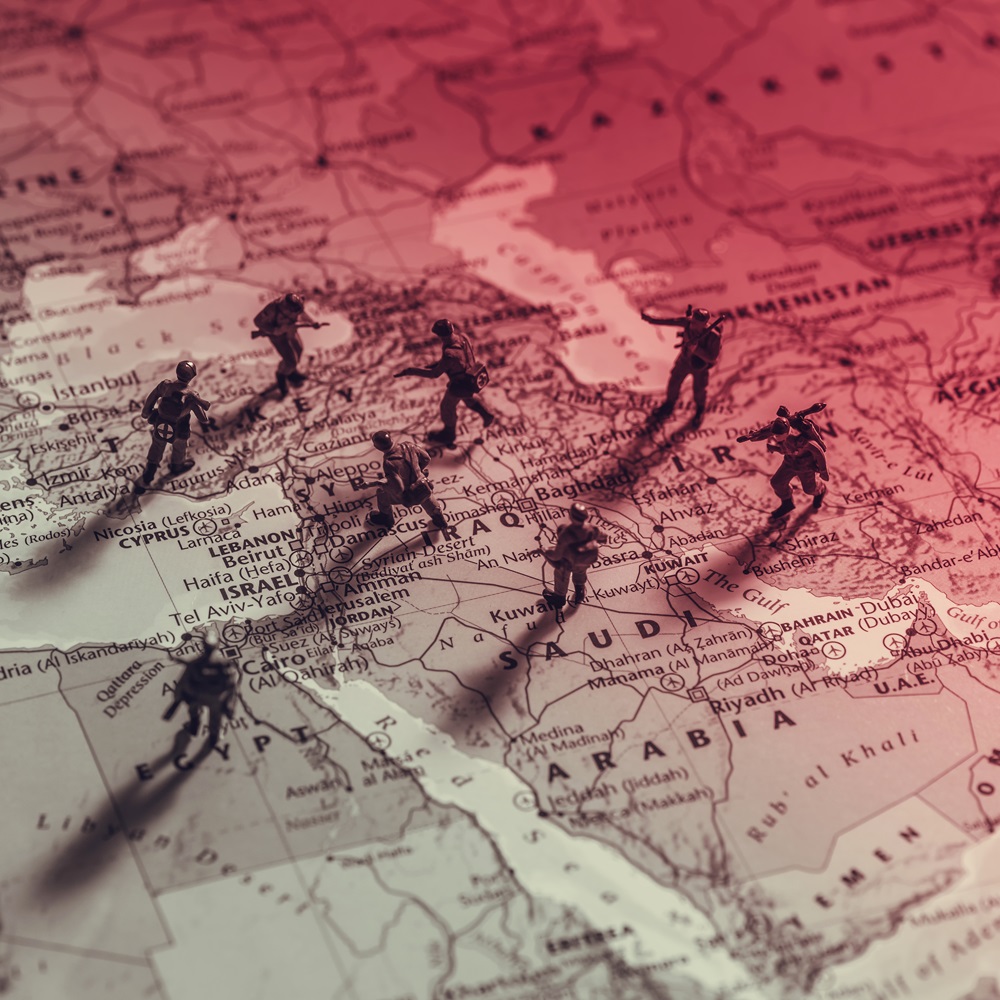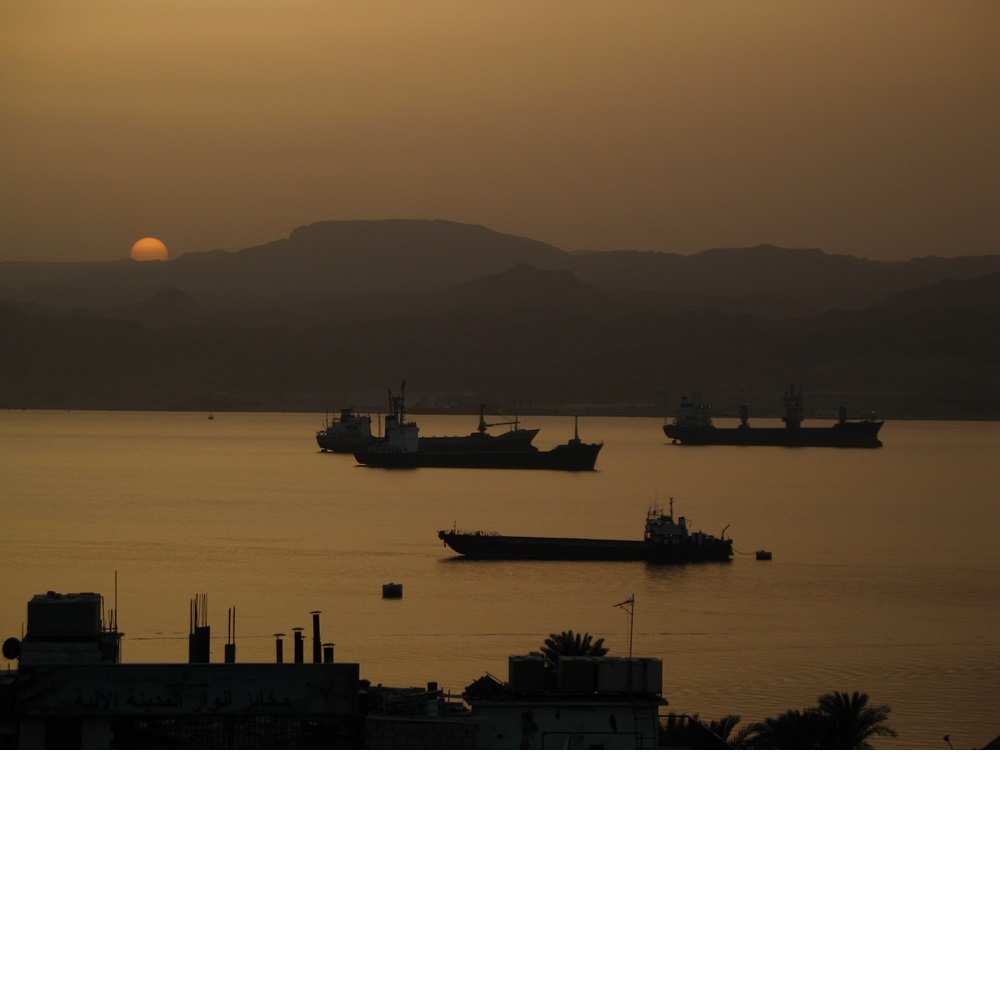
Ethiopia-Somalia Tensions: Power Dynamics and Extra-Regional Actors in the Red Sea Region
by Federico Donelli
한국어로 읽기 Leer en español In Deutsch lesen Gap اقرأ بالعربية Lire en français Читать на русском Signed in 2024, the Ethiopia-Somaliland Memorandum of Understanding (MoU) has reshaped regional dynamics, potentially granting Ethiopia sea access via Berbera in exchange for Somaliland’s recognition. This move challenged Somalia’s territorial integrity and prompted Mogadishu to align itself with Egypt, Eritrea, and Djibouti against Ethiopia. While the crisis reflects Ethiopia’s strategic push for a maritime presence, it also captures Somaliland’s long-standing quest for independence. In the wider Red Sea region, regional tensions are exacerbated by extra-regional actors which include the UAE, Turkey, France, and Saudi Arabia, all of which have their own interests therein. Although, external actors do not directly cause conflict, their involvement emboldens local actors and escalates rivalries. Hence, the Red Sea region has a growing importance in contemporary global geopolitics. Ethiopia-Somaliland MoU: Geopolitical Ambitions and the Quest for Recognition The year 2024 began with the signing of a Memorandum of Understanding between Ethiopia and Somaliland. The latter, formerly British Somaliland, was part of Somalia, from which it unilaterally seceded after Siad Barre’s regime collapsed in 1991. Since then, Somaliland has been self-ruled and is considered a de facto state. However, the Hargheisa authority does not enjoy any international legal recognition. If implemented, the agreement with Addis Ababa would give Somaliland its first significant de jure recognition. In return, the Hargheisa authorities would grant Ethiopia access to the sea through the port of Berbera and the concession of a coastal area for military use. The situation revolves around three key regional players: Ethiopia, Somalia, and Somaliland. Each of these actors has engaged in activities driven by its own objectives and strategic priorities. Ethiopia’s decision is influenced by several practical economic and strategic factors. Following the Eritrean War in the early 1990s, Ethiopia lost its Red Sea ports and became the world’s most populous landlocked country. Since 1998, Djibouti’s ports have handled 95 per cent of trade to and from Addis Ababa. Sea access through Djibouti costs Ethiopia between $1.5 and $2 billion annually which Ethiopia’s rulers, since 2019, begun to express more strongly that they consider this spending excessive and unsustainable in the medium to long term. To reduce Addis Ababa’s dependence on Djiboutian ports, the government of Prime Minister Abiy Ahmed believes it is necessary to find a viable alternative. Before the MoU, Ethiopia had considered several alternatives to Djibouti, including Eritrea, Somalia, and Kenya. The idea of developing an economic and trade corridor between Addis Ababa and the port of Berbera on the Gulf of Aden began to take shape in the final months of 2023. Somaliland’s main port has been operated by the Emirati company – DP World since 2015, which has developed its infrastructure and increased its cargo transit capacity. Ethiopia estimates that it can divert between 12 and 15 per cent of the total volume passing through Djibouti’s ports to Berbera and, in the long term, connect its industrial zones to several trade corridors. From a strategic point of view, Ethiopian assessments are influenced by Addis Ababa’s national role conception. Ethiopia sees itself as the leading regional power because of its history and traditional economic and political weight in the region. Consequently, Ethiopian elites perceive the Red Sea and the Gulf of Aden as their natural strategic spheres. For this reason, the Ethiopian Institute of Foreign Affairs recently announced the ‘Grand Strategy of the Two Waters.’ The new agenda aims to expand the sphere of national interest and action eastwards towards the sea, unlike in the past when the focus of Ethiopia’s strategic projection was mainly on the Nile Basin. Indeed, Ethiopia’s ambitions as a regional power are challenged by its lack of a maritime gateway. For Addis Ababa, having a presence in the Red Sea would provide two strategic benefits: first, it would strengthen its standing in the region; second, it would bolster Ethiopia’s international role by enhancing cooperation in multilateral anti-piracy efforts. In short, the Ethiopian government sees maritime projection as a strategic resource and a gateway to the geopolitics of the coming decades, which will focus on Asia and the Indo-Pacific in particular. Therefore, one of the key clauses of the MoU allows Ethiopia to establish a military outpost in Lughaya, a town overlooking the Gulf of Aden, for at least fifty years. According to Ethiopian plans, the naval base will become the headquarters of the nascent Ethiopian navy. For Somaliland, the MoU represents a further step on the difficult path to independence. In the past year, the issue of Somaliland’s independence has gained renewed attention and relevance. This pursuit of self-determination is deeply rooted in a historical context that stretches back to the 19th century, predating the regime of Siad Barre. The Somalilanders’ path began during a pivotal time when the British Empire established agreements with various Somali clans, particularly the Gadabuursi, Issa, and Habr Awal. In 1884, the region was officially designated as British Somaliland, a protectorate that enjoyed a measure of autonomy and governance, distinguishing it from the colonial dominance exerted by Italian authorities in southern Somalia. Following the unification of Somaliland with the Trust Territory of Somalia in 1960, the social, economic, and political conditions of the people of Somaliland began to deteriorate, leading to widespread discontent and a strong desire for independence. Over time, the Siad Barre regime cast a long shadow over Somaliland, leading to widespread discrimination and marginalisation. The political and economic machinations of the central government often neglected the aspirations of the Somaliland people, fuelling a growing sense of injustice. In this context, collective memory became a powerful cornerstone of identity, highlighting the stark contrasts between Somaliland’s struggles and Somalia’s divergent trajectories in the turbulent post-Siad Barre era. Hargheisa’s quest for independence is rooted in historical grievances and reflects the unique identities and trajectories of its people. The Somaliland narrative often draws comparisons with the current situation in the rest of Somalia. Over the past three decades, this de facto state has made significant progress towards sustainable institutional and administrative development albeit on a very limited budget. The democratisation process is also crucial to further the development of Somaliland’s independence. The recent national elections held last November demonstrated the political maturity of all parties involved. The peaceful transfer of power from the defeated government to the electoral process is a remarkable event in the region and stands out as one of the few such instances in the continent. The achievements of the institution-building process in Somaliland are even more striking when compared to the path taken by Somalia. Somalia’s Diplomatic Counterbalance and the Emergence of an Anti-Ethiopian Block The signing of the MoU by Ethiopia and Somaliland raised concerns among regional actors, particularly Somalia. As Somaliland is formally and legally recognised as an integral part of Somalia, there were fears that Hargeisa’s claims to independence were gaining momentum. Mogadishu was particularly concerned that Ethiopia’s official recognition of Somaliland’s claims could trigger a domino effect, leading other regional and extra-regional actors to follow suit. Therefore, Somalia saw Ethiopia’s actions as a deliberate act of intimidation that threatened its territorial integrity at a sensitive time for its political future. Somalia faces several challenges, including the struggle to establish an effective institutional framework, particularly with regard to the relationship between the central government and the federal states, and also the fight against the terrorist group – al-Shabaab. In response to the MoU, the Somali executive, led by President Hassan Sheikh Mahmoud, launched an intense diplomatic campaign to prevent its implementation and recognition by the international community. Somalia has sought support from regional organisations such as the Intergovernmental Authority on Development (IGAD), the East African Community (EAC), and the African Union (AU). In doing so, Somalia has consolidated alliances with both regional and extra-regional actors. As a result, the dynamics between these three actors – Somalia, Ethiopia, and Somaliland have become increasingly intertwined. Mogadishu’s natural anti-Ethiopian partners are two of Addis Ababa’s historical rivals: Eritrea and Egypt. Compared to 2018, the year of normalisation between Ethiopia and Eritrea, the situation today is very different. The positions of Eritrean President Isaias Afwerki and Prime Minister Abiy Ahmed quickly diverged following the signing of the Pretoria Agreement (2022), which ended the two-year conflict in Tigray. Eritrea, which had supported the Ethiopian military campaign, refused to negotiate with the Tigrayan authorities, represented by the Tigrayan People’s Liberation Front (TPLF). The distance between the two leaders has widened as Ethiopia’s claims to the sea have grown. Indeed, Asmara fears that Ethiopia is eyeing its ports, a fear fuelled by the rhetoric of Abiy and other Ethiopian leaders. Conversely, Isaias has used his leadership and many regional relationships to foster a kind of ‘anti-Ethiopian coalition’. One significant change has been Egypt’s increasing involvement in the region. Mogadishu’s rapprochement with Cairo was formalised in August 2024 with the signing of a defence agreement. This agreement centres on Egypt’s intention to support Somalia’s request for the withdrawal of all Ethiopian troops currently stationed in Somalia as part of the African Union peacekeeping mission (formerly known as Atmis, replaced by the Aussom mission on 1 January 2025). The strengthening of Somali-Egyptian relations, supported by Asmara and involving Djibouti through a security cooperation agreement, has consolidated an anti-Ethiopian bloc. This alignment represents a significant shift in the regional balance and illustrates Egypt’s changing Africa policy. Since 2020, Egypt has reaffirmed the importance of its southern relations. President Abdel Fattah al-Sisi has gradually reassessed Egypt’s African relations and promoted a geopolitical strategy that emphasises a north-south axis, rather than the east-west axis that dominated in previous decades. The Red Sea region, including the Nile Basin, is now a key part of this new strategic framework, which is shaped by Egypt’s historical rivalry with Ethiopia. Between the two states, the balance on the Nile has changed. The construction of the Grand Ethiopian Renaissance Dam (GERD) has given Ethiopia a strategic advantage over Egypt. Egypt therefore had to adapt its approach to the ongoing dynamics by deciding to expand the areas of contention toward the sea. Tensions between Ethiopia and Somalia therefore provided an opportunity to increase Egypt’s footprint in the region. Regional Tensions and Extra-regional Actors in the Red Sea The MoU signed by Ethiopia and Somaliland has opened a new phase in tensions. The focus of regional tensions is shifting to the coastal areas, particularly the Red Sea and the Gulf of Aden, which are marked by a number of security and defence agreements. Common strategic interests underpin the alignment of the anti-Ethiopian bloc, which includes Somalia, Djibouti, Eritrea, and Egypt. Somalia views any legal recognition of Somaliland’s independence as an existential threat. For Djibouti, the economic damage from increased trade through Berbera is marginal but potentially devastating to its fragile internal balance of power. Eritrea perceives Ethiopia as an ongoing threat, and the current Ethiopian government is seen by Asmara as highly unreliable, raising concerns about a potential escalation of violence along their shared borders. Finally, for Egypt, the assessment of its regional position is of particular importance. Traditionally, Cairo has regarded the waters between Suez and Aden as its ‘lake’. As a result, like Addis Ababa, it regards the entire region as part of its sphere of influence. The United Arab Emirates (UAE) and Turkey are among the most active players in the region. The UAE has supported the MoU to capitalise on investments in Berbera and Addis Ababa. Turkey, on the other hand, has taken a more balanced approach, thanks to its strong political and commercial ties with Ethiopia and Somalia. For Ankara, however, Somalia’s integrity must not be questioned. Following their rapprochement in 2021, the UAE and Turkey have maintained good relations. Despite their different strategies and some disagreements, both nations share a common interest in maintaining a central role in regional affairs. Other extra-regional players, such as France and Saudi Arabia, are also active in the background. France supports the MoU as part of its ongoing efforts to increase its presence in East Africa, which began at the same time as its withdrawal from the Sahel region. Its base in Djibouti is destined to become more central to French policy as French military presence in West Africa is being reduced. French officials see this increased influence in regional affairs as essential to France’s future interests in the Indo-Pacific region. Meanwhile, Saudi Arabia, whose geopolitical focus is shifting from the Gulf to the Red Sea, opposes the implementation of the agreement between Ethiopia and Somaliland. It seeks to counter regional projects promoted by the UAE. This might be as a result of the long-standing political rift between the two Gulf monarchies. Extra-regional actors do not directly cause an increase in regional conflicts. Rather, it is local actors who, feeling empowered by their connections with these extra-regional partners, perceive their environment as more permissive and gain the confidence to take assertive actions that they may not have considered before. Understanding these dynamics sheds light on why Ethiopia and Somaliland decided to sign the MoU at this historic moment. This perspective also helps to explain other regional crises, such as the civil war in Sudan and the conflict in Tigray. The different transformations in the international system have created a context in which local actors can seek multiple forms of external support. Increased alignment and overlap between local and regional rivalries has increased the willingness of actors to take assertive action, leading to a general increase in inter- and intra-state tensions. However, the flexible nature of alliances can also mitigate the risk of the trickle-down effect that often accompanies such alliances. This work is licensed under the Creative Commons Attribution-Non Commercial 4.0 International License (CC BY-NC 4.0): https://creativecommons.org/licenses/by-nc/4.0/











